Digital Smile Design (DSD) is a treatment planning protocol developed by Christian Coachman. Using videography, it analyzes the patient's facial and dental structures and then uses digital technology to create a custom-designed smile that expresses the patient's character. Digital smile design is one of the leading leaders in dental technology, ensuring dental care treatment that is best for every patient. With DSD, you'll be on your way to creating a treatment plan that's unique to your dental needs and gives you the smile you deserve.
So, what is digital smile design? This is the use of design technology that allows dental professionals to plan a person's smile digitally. Here, we map the current teeth, gums, lips and jaw, to understand their relationship closely. We also talk to the patient about their goals and desires. Understanding what the patient wants from their smile is a crucial part of the process, and this is where the DSD shines.
It gives us flexibility, which allows us to achieve results in close communication with the patient, but also with all the dentists who will eventually carry out the procedure. Digital smile design is also about greater responsibility for you, the patient. It means closer control over results, which translates into greater patient satisfaction. If you are in Winter Garden, FL, The Smile Home is staffed by dental professionals (led by DR.
Ricardo Carrillo), who can help you design custom crowns and veneers that fit your needs. With our state-of-the-art equipment, our dentists use innovative techniques that ensure our patients go home happy. This is what our doctors say about digital smile design. We have well-trained digital smile design providers in Dentakay who are experts in the use of this technology.
To capture the right smile, at Dentakay, we need to use an intraoral scanner that is connected to the Digital Smile Design software. Take photos and videos of your mouth from the inside. Then, with a camera, we collect videos and images of your face from various angles and under various facial expressions. While other dental providers and treatment plans may use certain aspects of digital imaging or software, most don't have access to a complete solution like DSD.
From teeth whitening procedures to porcelain veneers and crowns, and the latest in digital smile design, cosmetic dentistry offers us more options than ever to achieve a beautiful, shapely smile. Digital imaging and design help patients visualize the expected end result before treatment itself begins, improving treatment predictability. As it is, that a static photograph taken at a certain time cannot guarantee the ideal moment captured in the idealistic rest position and a real maximum full smile position, videos are useful to allow the choice to capture the photo at the perfect moment. Digital Smile Design is a treatment protocol that uses high-definition photographs and other images of a patient's teeth and face to predict the outcome of certain treatments.
Smile Makeover Cosmetic Dentistry Dentistry. The authors concluded from all the articles present in the literature on Digital Smile Design, that this tool provides important information for the doctor and patient. Today we'll talk about Digital Smile Design (DSD) and see how this innovative tool helps you achieve your best smile. Through the use of videos, photographs and temporary models, DSD providers can get a better idea of the relationship between the lips, gums, and teeth, as well as how they work together to create a patient's smile.
Once the new smile design is achieved, it can be digitally presented to the patient for appreciation and feedback. Accurate photo documentation is essential, as full facial and dental analysis is based on preliminary photographs in which changes and design are formulated, video documentation is required for dynamic analysis of teeth, gums, lips and face during smile, laughter and speech to integrate Face-guided principles in the design of the smile. Facial integration with smile design was also introduced at this stage, but the connection to the 3D digital world was missing. After you import the data into the software, your dental care provider will analyze the digital library in various ways and shapes that can be placed over the top of your teeth in the images.
. .
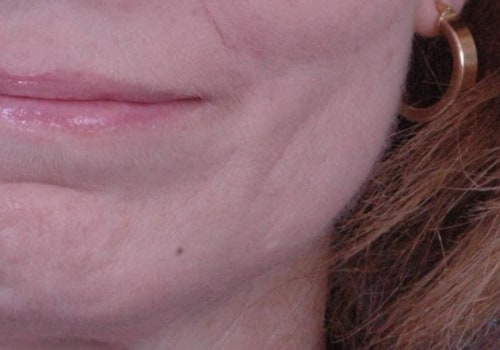
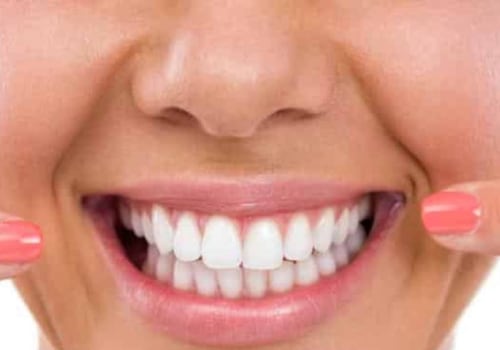
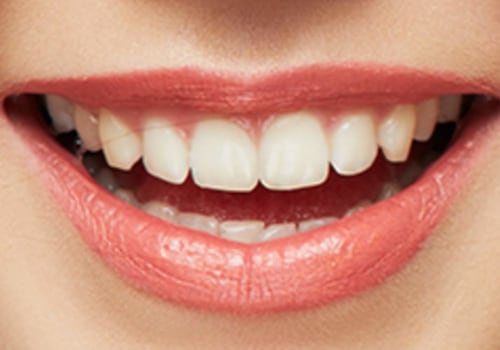
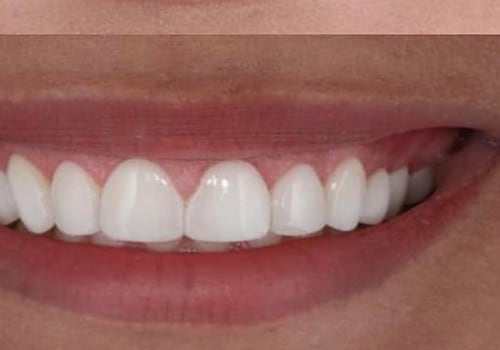

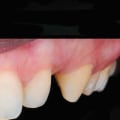
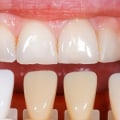
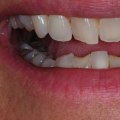



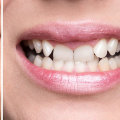
Leave Reply